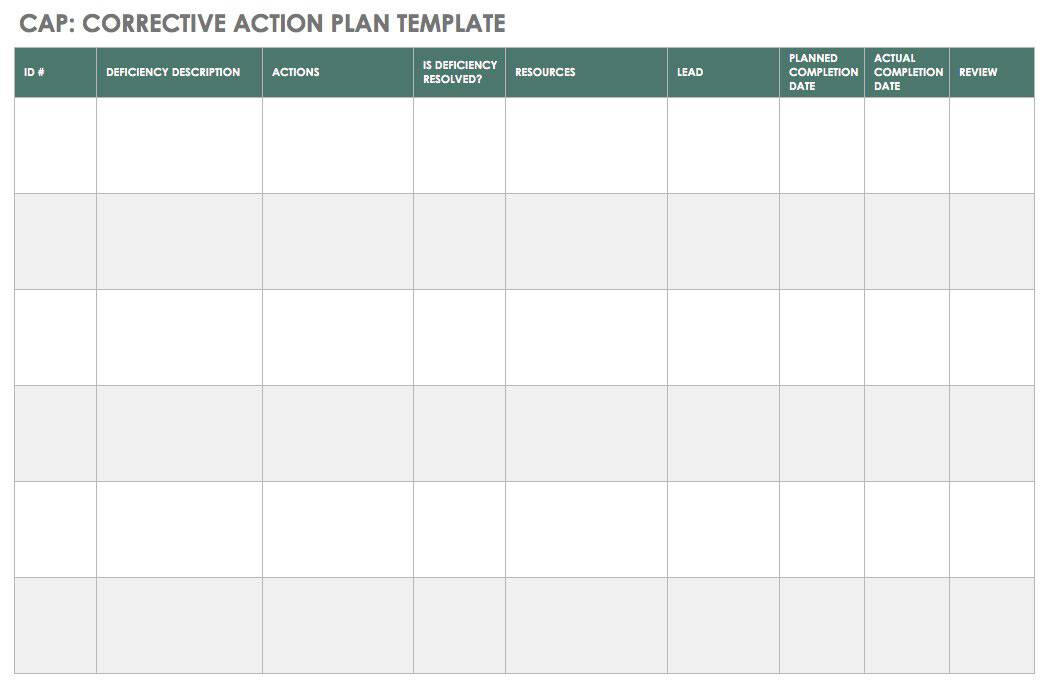Indian diet is one of the healthiest diet, rich in taste, texture, and most of all satisfying, if prepared with minimal oil and healthy cooking methods.
Most of the food is prepared from scratch, using fresh produce which means less preservative and more nutrients.
The basic north Indian diet consists of Lentils (contains vitamin A, B, C, E, are rich in calcium, iron, potassium, dietary fibers, help in controlling blood sugar, blood cholesterol and increases digestion), Grains (contains wheat, jowar, bajra, barley, these are rich in fibers, carbohydrate), fresh Vegetables, and Fruits.
Indian cooking uses spices like Turmeric which reduces cholesterol, blood pressure and prevents blood clotting, Curry Leaves washes out toxins from body, cuts down fat, prevents greying of hair, Chilly burns fat and improves metabolism, Garlic is antibacterial and reduces cholesterol, fat.
Curd, an essential part of south Indian diet, keeps the digestive tract healthy. Calcium prevents the development of Insulin resistance
| Sunday | |
| Breakfast (8:00-8:30AM) | Aloo Paratha (2) + Raita (1 cup) |
| Mid-Meal (11:00-11:30AM) | Fruit Salad (1 cup) + Tender Coconut Water (1 glass) |
| Lunch (2:00-2:30PM) | 1 cup moong dal + 1 cup bhindi + 2 chapatti + salad |
| Evening (4:00-4:30PM) | Tea/ Coffee (1 cup) + Boiled Chana Chat (1 cup) |
| Dinner (8:00-8:30PM) | Chapati (2) + Jeera Aloo (1 cup) |
| Monday | |
| Breakfast (8:00-8:30AM) | Chapati (2) + Daal (1 cup) |
| Mid-Meal (11:00-11:30AM) | Fruit Salad (1 cup) + Tender Coconut Water (1 glass) |
| Lunch (2:00-2:30PM) | 1 cup rajma + 1 cup gobhi aloo + 1 cup cucumber raita + 1 cup rice + 1 chapatti + onion salad |
| Evening (4:00-4:30PM) | Tea/ Coffee (1 cup) + Aloo Chat (1 cup) |
| Dinner (8:00-8:30PM) | Chapati (2) + Mix Veg. |
| Tuesday | |
| Breakfast (8:00-8:30AM) | Cheela (2) + Raita (1 cup) |
| Mid-Meal (11:00-11:30AM) | Fruit Salad (1 cup) + Tender Coconut Water (1 glass) |
| Lunch (2:00-2:30PM) | 1 cup chicken curry + 1 cup boiled rice + 2 chapatti + salad |
| Evening (4:00-4:30PM) | Tea/ Coffee (1 cup) + Papri Chat (1 cup) |
| Dinner (8:00-8:30PM) | Chapati (2) + Fish Curry (1 cup) |
| Wednesday | |
| Breakfast (8:00-8:30AM) | Veg. Poha (1 cup) + Raita (1/2 cup) |
| Mid-Meal (11:00-11:30AM) | Fruit Salad (1 cup) + Tender Coconut Water (1 glass) |
| Lunch (2:00-2:30PM) | 1 cup white chana + palak paneer + 1 cup rice + 1 chapatti + salad |
| Evening (4:00-4:30PM) | Tea/ Coffee (1 cup) + Mur-mure Chat (1 cup) |
| Dinner (8:00-8:30PM) | Chapati (2) + Mustard Greens (1 cup) |
| Thursday | |
| Breakfast (8:00-8:30AM) | Aloo Paratha (2) + Raita (1 cup) |
| Mid-Meal (11:00-11:30AM) | Fruit Salad (1 cup) + Tender Coconut Water (1 glass) |
| Lunch (2:00-2:30PM) | 1 cup soy bean curry + 1 cup tinda vegetable + 2 chapatti + salad |
| Evening (4:00-4:30PM) | Tea/ Coffee (1 cup) + Boiled Chana Chat (1 cup) |
| Dinner (8:00-8:30PM) | Chapati (2) + Bottle Gourd Curry (1 cup) |
| Friday | |
| Breakfast (8:00-8:30AM) | Chapati (2) + Daal (1 cup) |
| Mid-Meal (11:00-11:30AM) | Fruit Salad (1 cup) + Tender Coconut Water (1 glass) |
| Lunch (2:00-2:30PM) | 1 cup fish curry + 1 cup boiled rice + 1 chapatti + 1 cup ghia raita + salad |
| Evening (4:00-4:30PM) | Tea/ Coffee (1 cup) + Aloo Chat (1 cup) |
| Dinner (8:00-8:30PM) | Chapati (2) + Matar n Mushroom Curry (1 cup) |
| Saturday | |
| Breakfast (8:00-8:30AM) | Veg Upma (1 cup) + Raita (1/2 cup) |
| Mid-Meal (11:00-11:30AM) | Fruit Salad (1 cup) + Tender Coconut Water (1 glass) |
| Lunch (2:00-2:30PM) | 1 cup chicken curry + 1 cup rice + salad |
| Evening (4:00-4:30PM) | Tea/ Coffee (1 cup) + Papri Chat (1 cup) |
| Dinner (8:00-8:30PM) Food Items To Limit Avoid candy, soda, sugar, white rice, white pasta, white bread, sweet syrup, breakfast cereal, desserts, and pastries contain simple carbohydrates. Avoid margarine, butter, eggs, milk, cheese, and red meat are high in saturated fat. Avoid eating red meat as it contains high levels of saturated fat that shoot up the cholesterol levels in the blood. Avoid eating fried foods such as fried chicken, deep fried foods, and potato fries. Avoid alcohol Avoid aerated and artificially sweetened drinks. Do's And Dont's Do's: Eat Healthy Fat to Lose Weight Eat 2-3 hours before going to sleep Make Healthy Swaps Follow Smart Tips for Dining Out Don'ts: Don't starve yourself Dont dehydrate yourself Dont eat if your are not hungry Dont eat too much saturated fat Food Items You Can Easily Consume Non-starchy fruits and vegetables Complex carbohydrates, found in whole grain bread and pasta, bran, etc. Use olive oil, vegetable oil, rice bran oil, canola oil, mustard oil, and peanut oil. Eat lentils, beans, soy, mushroom, tofu, fish, turkey, chicken breast, and lean cuts of beef. Have five or six small meals throughout the day. Eat a heavy breakfast |
Chapati (2) + Kofta (1 cup) |













